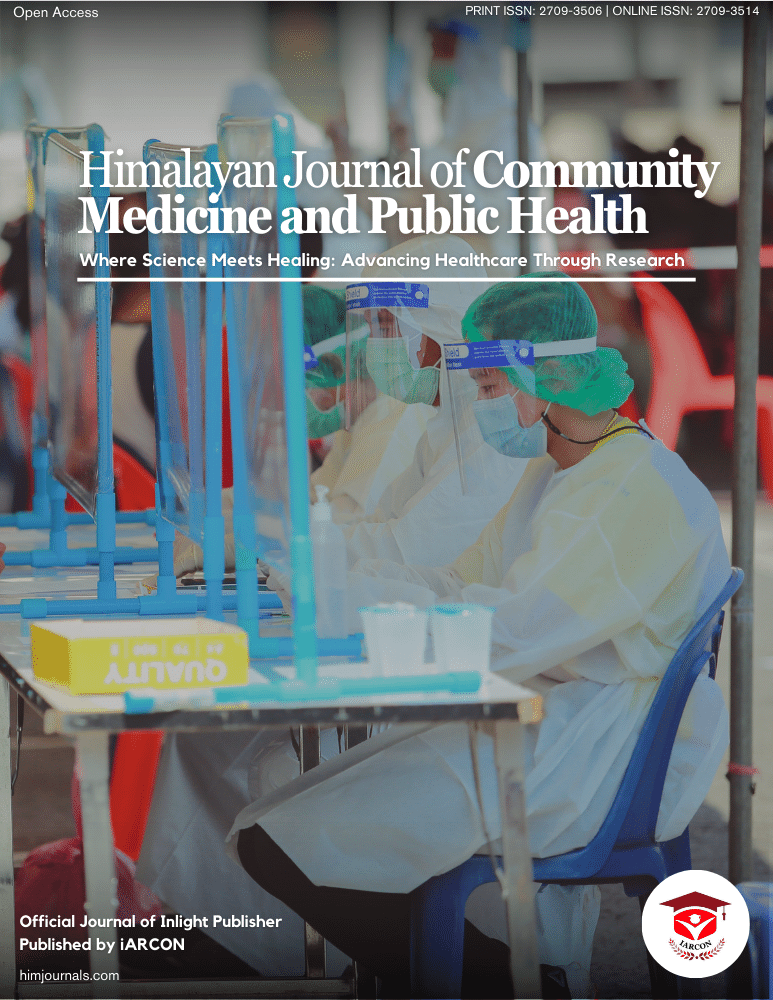Road Traffic Accidents (RTAs) constitute a major public health concern worldwide, causing substantial mortality, morbidity and socio-economic losses. According to the World Health Organization (WHO), road traffic injuries are the leading cause of death among individuals aged 5–29 years globally [1]. In 2016 alone, approximately 1.35 million people died from RTAs globally, with millions more sustaining serious injuries [2].
The burden is disproportionately higher in low- and Middle-Income Countries (LMICs), which account for over 90% of all road traffic deaths, despite having only 60% of the world’s vehicles [3]. Risk factors include excessive speed, driving under the influence of alcohol or psychoactive substances, non-use of helmets, seat-belts and child restraints, distracted driving and poor infrastructure [4].
India represents a critical hotspot in this global challenge. As per the Global Burden of Disease Study 2017, India accounted for approximately 11% of all global road traffic deaths [5]. In 2020, the National Crime Records Bureau (NCRB) of India reported around 1,31,714 deaths due to RTAs [6]. Factors such as increasing motorization, poor road conditions, inadequate enforcement of traffic laws and risky behavior among road users exacerbate the situation [7].
Addressing this crisis requires a multi-sectoral approach involving improvements in road infrastructure, vehicular safety standards, law enforcement, health services and public awareness campaigns.
Aims and Objectives
The aim of this study is to review and critically analyze the trends, burden, risk factors and prevention strategies related to road traffic accidents from both global and Indian perspectives.
The objectives are:
To study global trends and patterns in road traffic accidents
To explore the burden and risk factors associated with RTAs
To analyze India’s current scenario concerning RTAs
To suggest preventive and intervention strategies

